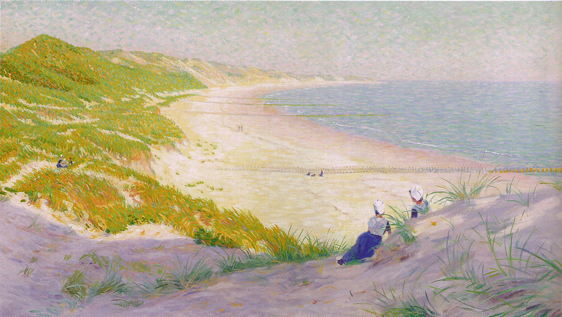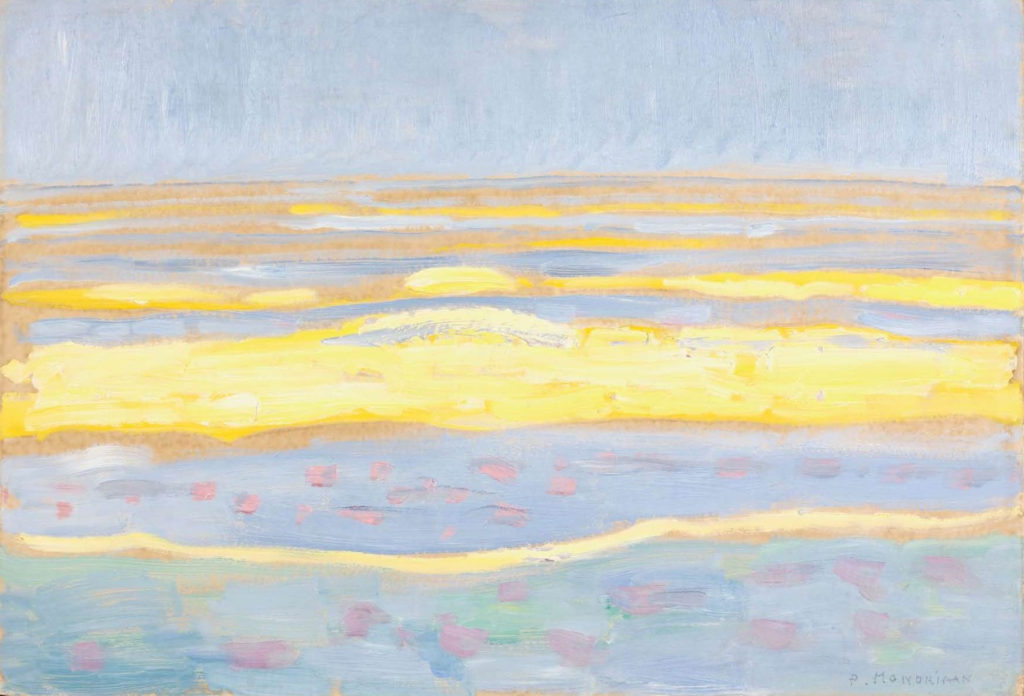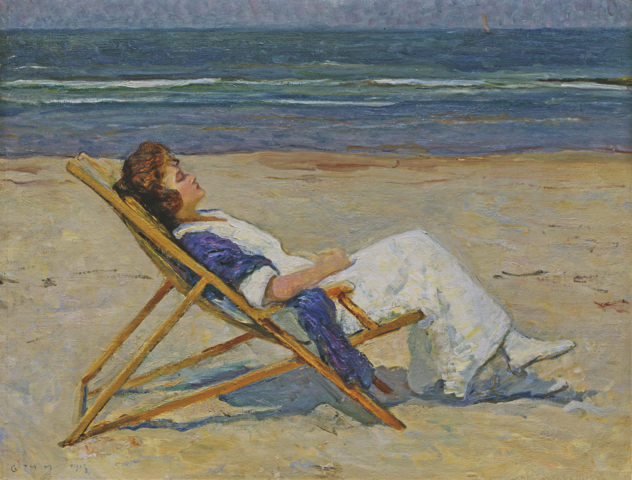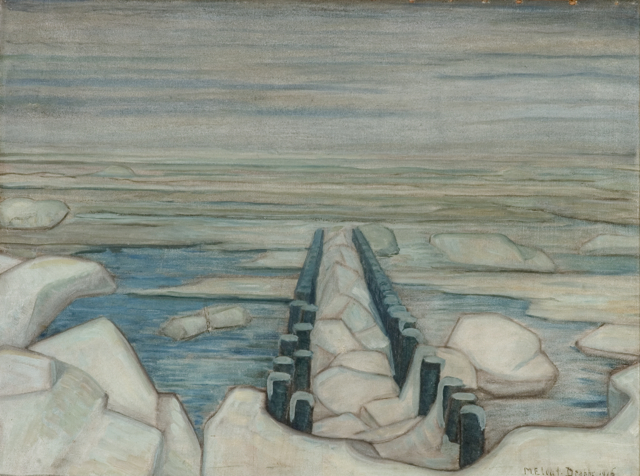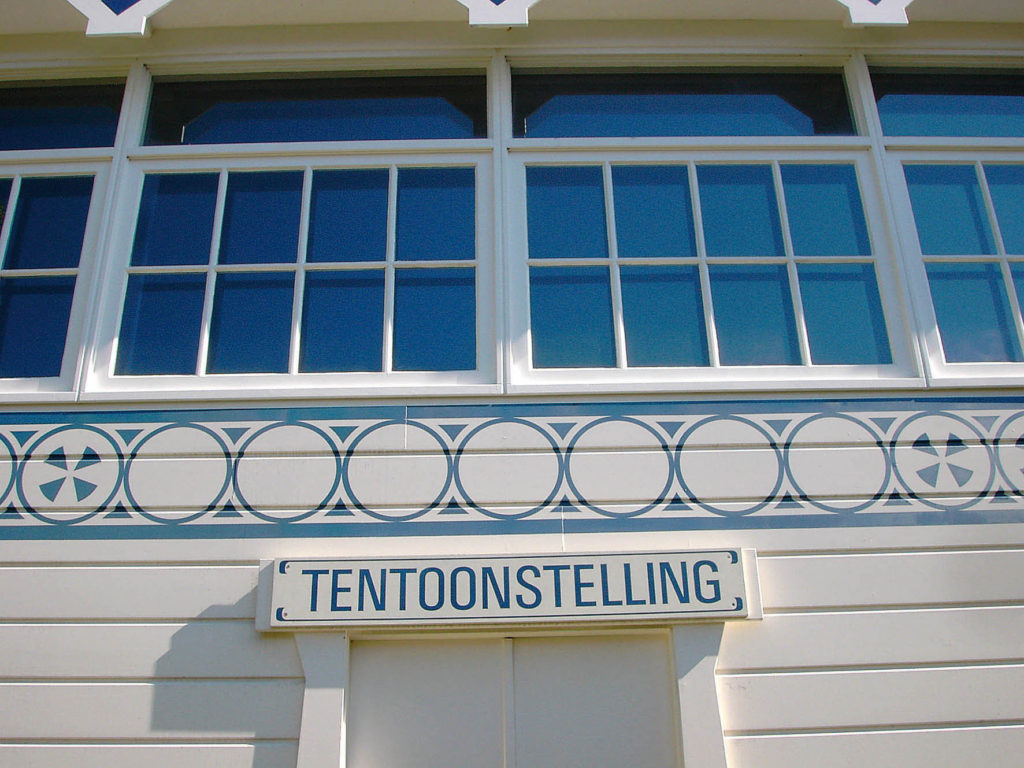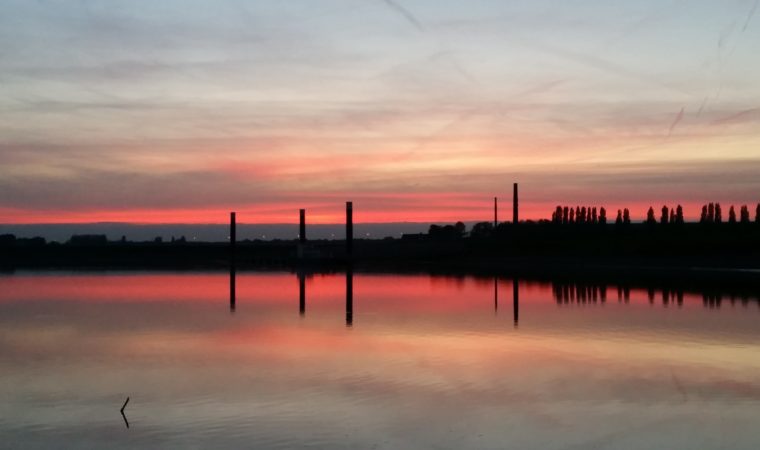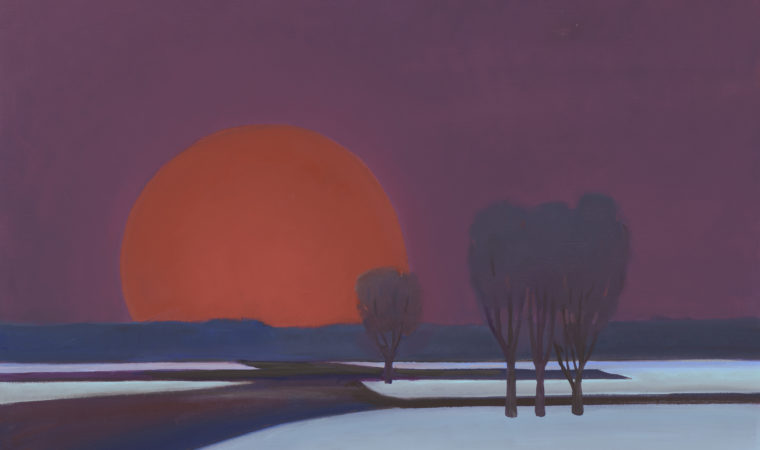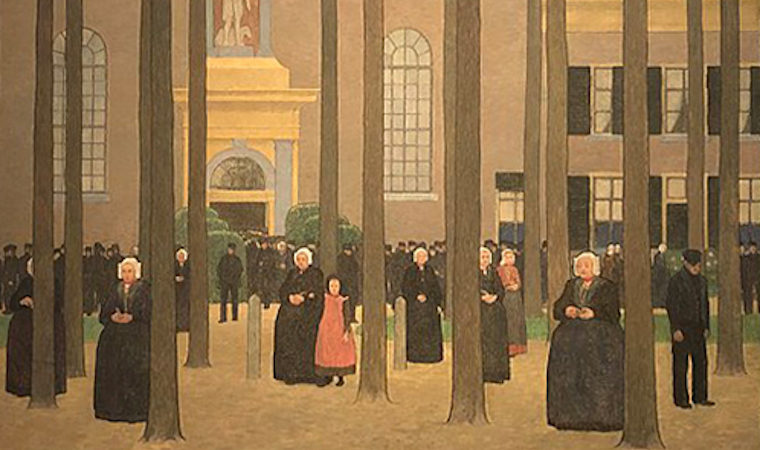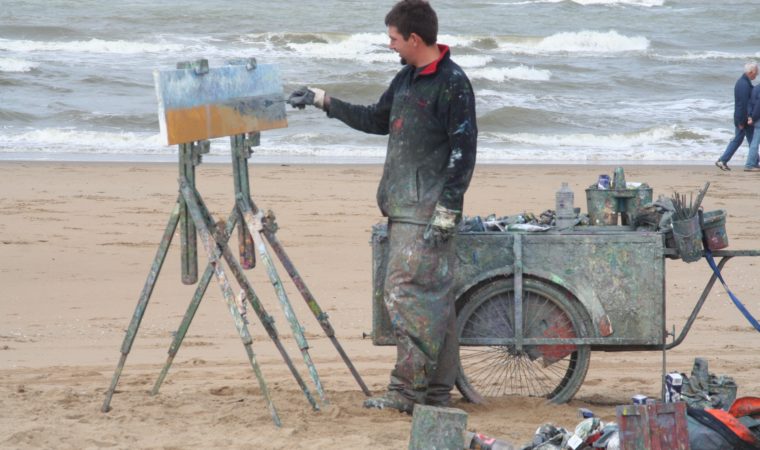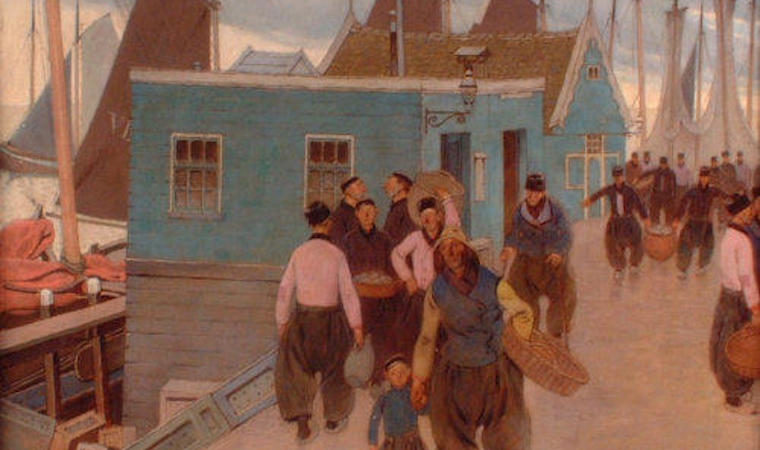Seaside resorts seem to attract artists by their very nature. In Domburg the attraction was enhanced by the unspoilt beauty of the surroundings, the special light along the coast and its reflection on the land of Walcheren. ‘The smiling isle’ had a jewel in its crown: Domburg. Its tradition as a seaside resort started in 1834, blossomed from the 1880s with the famous physician Johan Georg Mezger as an international spa and after his death turned into a family seaside resort.
Of old, artists had been roaming the island. In the 1870’s, the Belgian painters Emile Claus, Camille Van Camp and Euphrosine Beernaert a.o., stayed and worked several summers in Domburg and surroundings, the very beginning of the artists’ colony. They were soon were followed by others, next to painters also poets, writers, composers, musicians and actors. In their midst, Toorop and Piet Mondriaan became the leading representatives of Dutch Luminism, which reached its peak in the years 1908-1911 and was inspired by French impressionism, neo-impressionism in a broad sense, and the work of Vincent van Gogh. Mondrian spent time in Domburg on a yearly basis, turning to a process of abstraction, which would lead to his Neo-Plasticism. Together with female painter Mies Elout-Drabbe and with the help of art friends like Ferdinand Hart Nibbrig, Jacoba van Heemskerck and Jan Heyse, Toorop organised the well-known Domburgsche Tentoonstellingen (1911-1921), in which Dutch and foreign artists participated. At the outbreak of the First World War, the artists’ colony became a place of safety for refugees from Belgium, such as the Belgian painter Emmanuel Viérin and the Hungarian artist Maurice Góth.
The colony came to a symbolic end when the exhibition hall collapsed due to storms in the winter of 1921-1922. A bit hidden, a reconstruction of the old hall is located in the centre of the Zealand town and accommodates, since 1994, the MTVP Museum Domburg.
